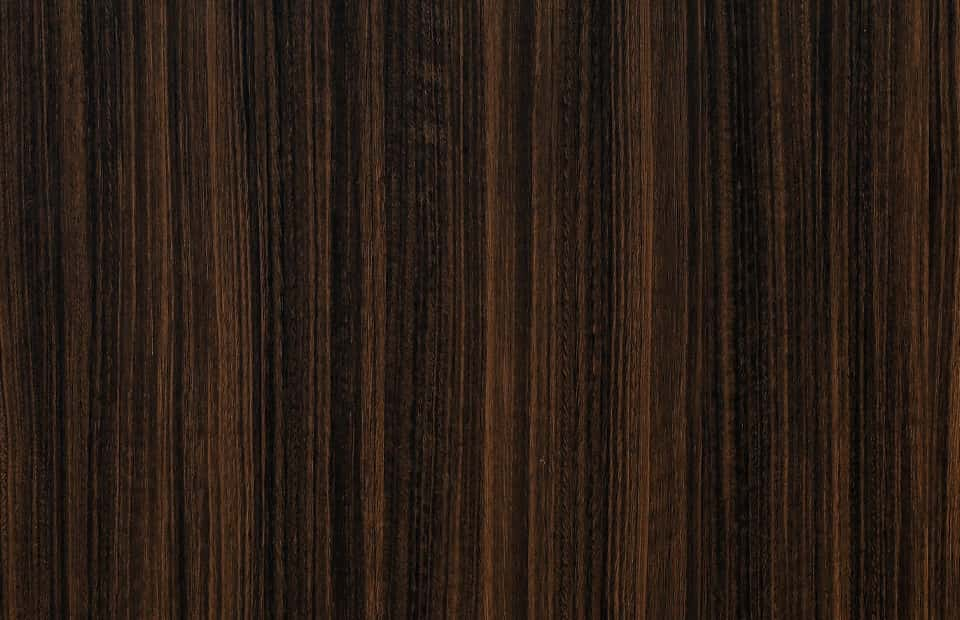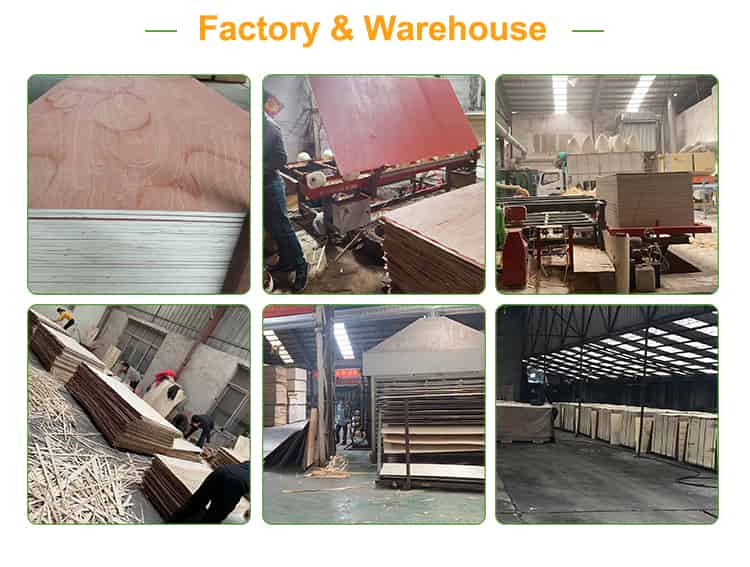When it comes to woodworking and finishing, the term HPL often comes up. But what does it actually mean? HPL stands for High Pressure Laminate, a type of board that has become increasingly popular in recent years due to its durability and aesthetic appeal.
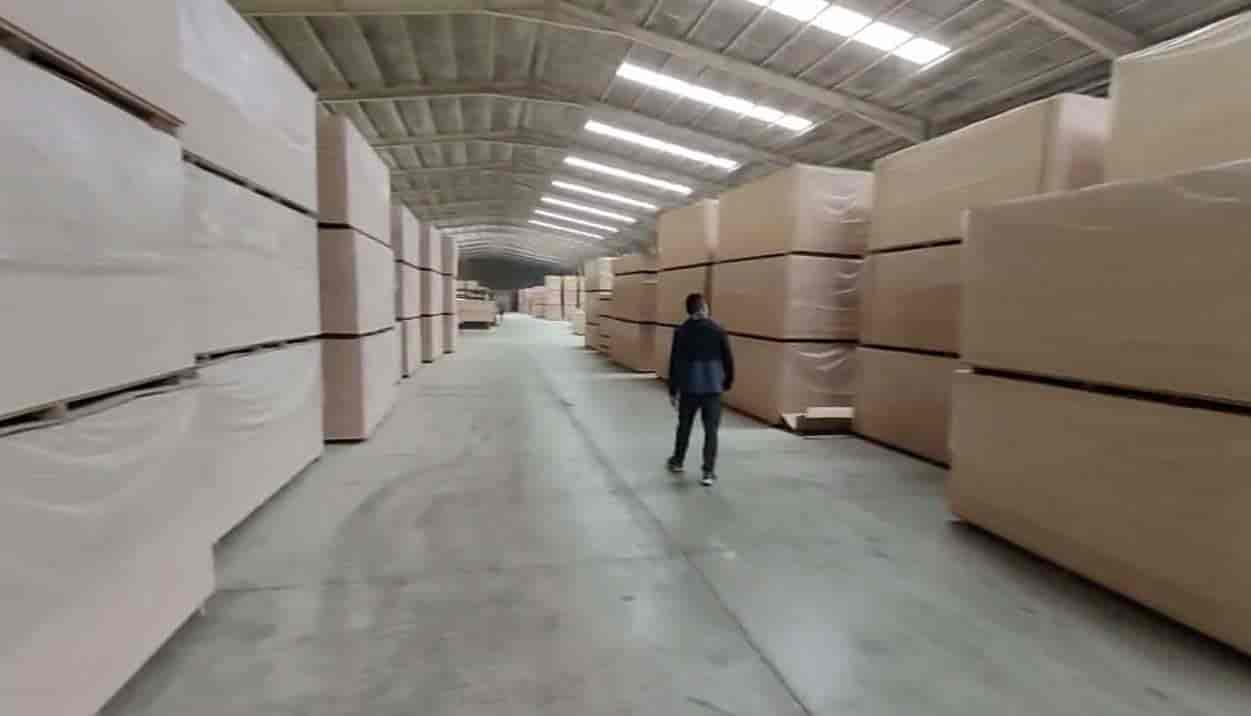
HPL boards are made up of several layers, typically consisting of a core layer made from kraft paper or wood, which is then covered with a decorative layer on the top and bottom. This decorative layer can be made from materials such as melamine, phenolic resin, or even real wood veneers.
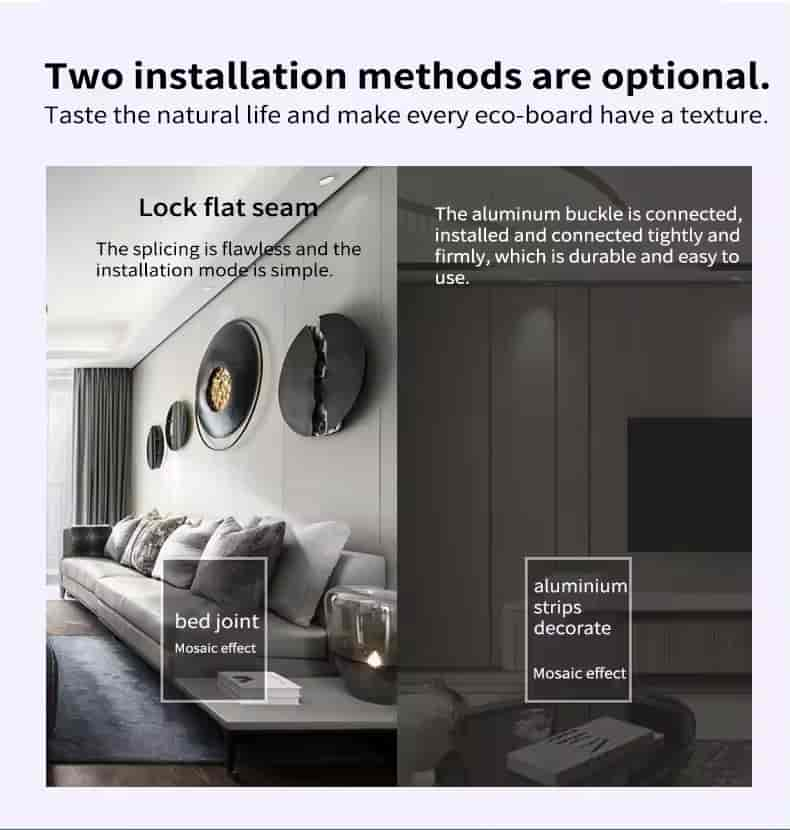
One of the key benefits of HPL boards is their high level of resistance to moisture and stains. This makes them particularly well-suited for use in environments such as kitchens, bathrooms, and other high-moisture areas. In addition, HPL boards are also highly resistant to impacts, meaning they are less likely to be damaged by heavy objects being placed on them.
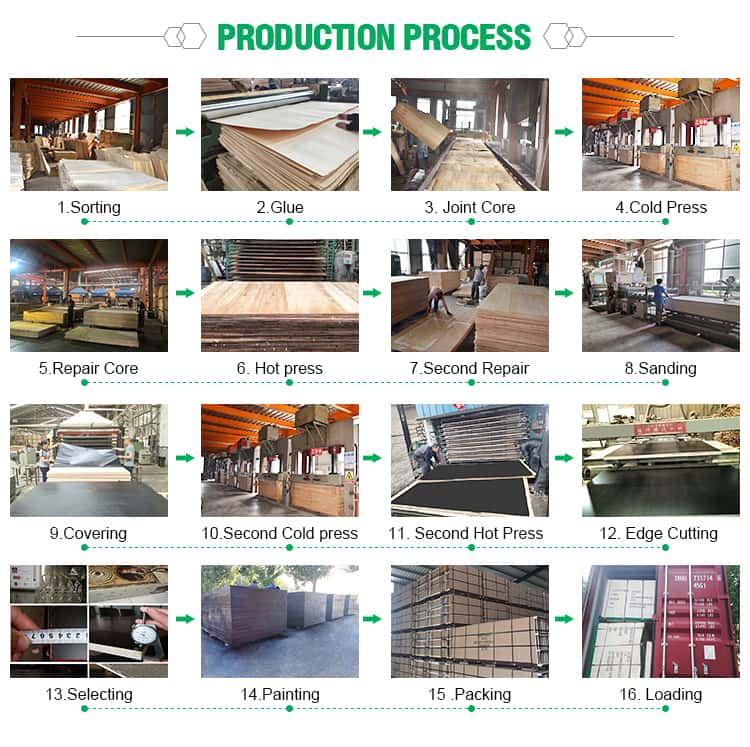
Another advantage of HPL boards is their versatility when it comes to design. Because the decorative layer can be made from a wide range of materials, it is possible to create boards that match almost any color scheme or aesthetic. This means that whether you’re looking for something sleek and modern or warm and rustic, there is an HPL board out there that will fit the bill.
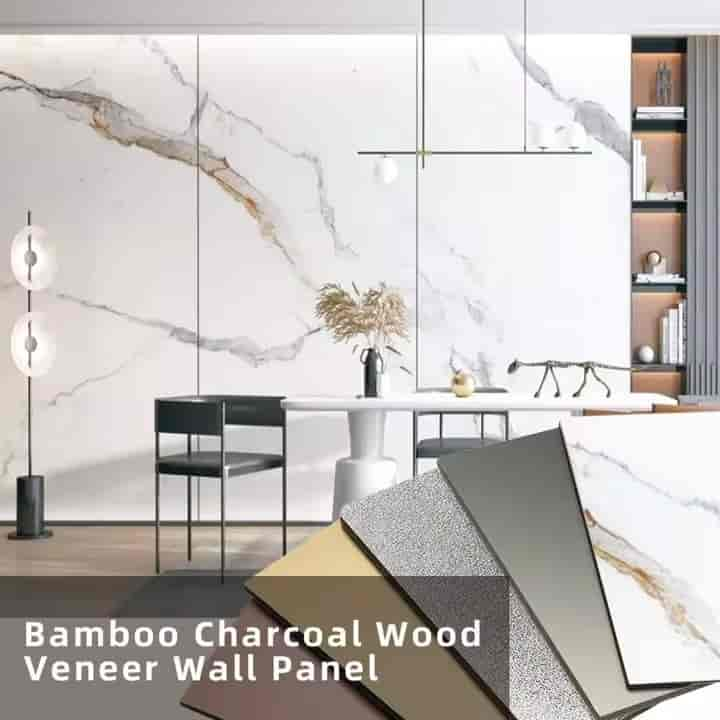
Despite these benefits, however, HPL boards do have some drawbacks. For example, they can be more expensive than other types of boards, and the process of installing them can be somewhat complex. Additionally, while HPL boards are highly durable, they are not completely immune to damage, and may require regular maintenance to keep them looking their best.
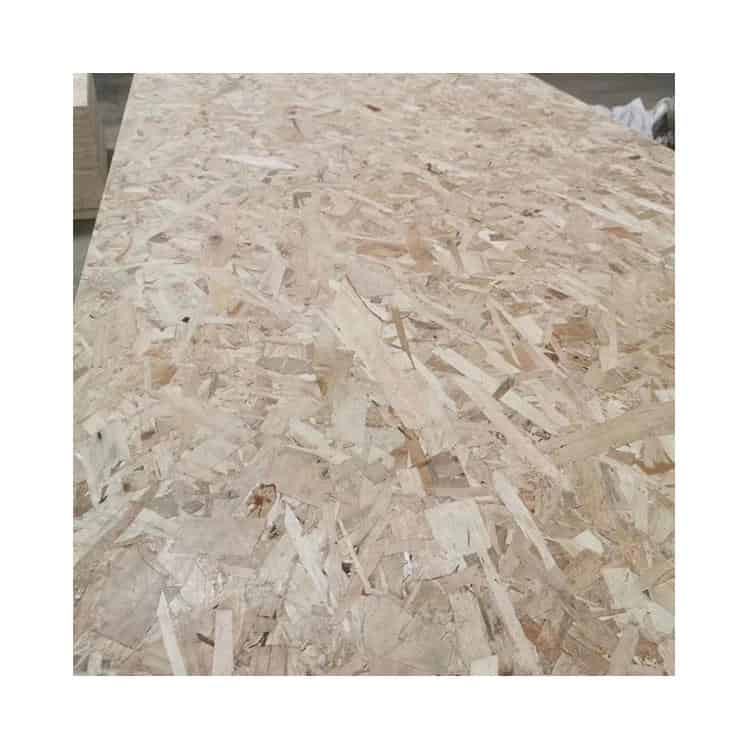
Overall, if you’re looking for a high-quality, durable, and visually appealing option for your woodworking needs, HPL boards are definitely worth considering. Just be prepared to invest a bit more time and money into the installation process, and be sure to take proper care of your boards once they are in place.
